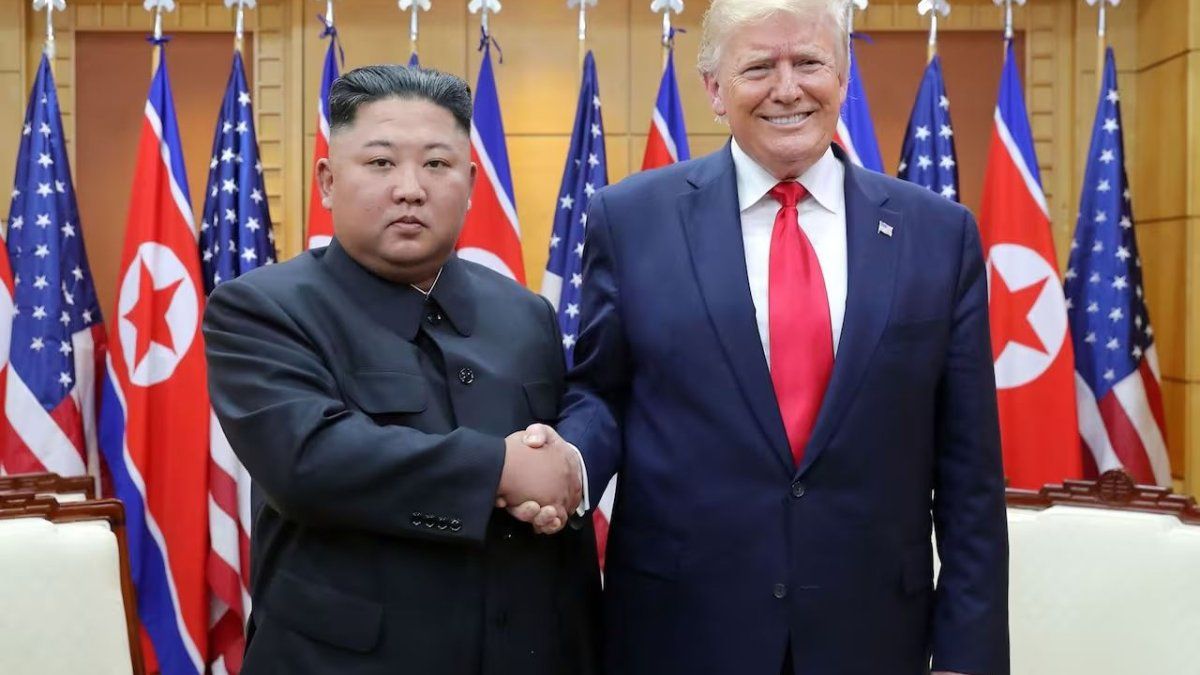The Argentine exchange market, a constant thermometer, is going through a moment of growing volatility. In the last week, the wholesale dollar registered an increase of 4.29%, closing at $ 1,240, the highest rise since the implementation of the new exchange regime in April 2025. This movement, accompanied by a cautious replication of global investors, says A turbulence horizon as the seasonal offer of the agricultural sector fades and electoral pressures intensify
A key week for weight
He trigger of the recent exchange dynamics was a JP Morgan report entitled “Argentina: Taking a respite”, Published on Friday, June 27, 2025. The report recommended customers disassemble positions of * carry trade * in assets called in pesos, particularly in capitalizable letters of the Treasury (LECAPS), and take profits. This recommendation marked a significant turn with respect to April’s bullish position, when the bank had promoted LECAPS as a high performance investment in a context of exchange stability and strong currency income from agricultural exports. JPMorgan’s decision responds to three main factors: the completion of the high season of export liquidation of the field, the increase in electoral uncertainty and the persistent capital exit by tourism.
The wholesale dollar, which climbed 4.29% in the week, reflected these concerns. It should be noted that Friday, holiday in the United States for Independence Day, the operated volumes were low.
Seasonal and electoral factors
The Argentine exchange market has been influenced by the seasonality of the agricultural sector, which historically provides a currency flow between April and July. This year, the temporary decline of retentions to agricultural exports, implemented as an incentive, triggered a flood of affidavit of foreign sales (DJVE). These statements, which must be settled within 15 business days, have sustained a significant offer of dollars and will be extended over the next weeks. However, JPMorgan’s report warns that this period of abundance is coming to an end, which reduces the natural weight support.
To this is added the electoral factor. Argentina is in the prelude to key elections, and the dollarization of portfolios – a recurring phenomenon in these periods – is beginning to demonstrate. Investors, anticipating volatility, tend to take refuge in the dollar, exerting pressure on the exchange rate. Surprisingly, JPMorgan’s recommendation to disarm positions came earlier than expected, since analysts foresaw that this caution would intensify closer to the elections.
Another relevant fact is the tender of the treasure of June 25, where the government only managed to renew 59% of the maturities, and must pay $ 4.29 billion.
The futures market and the REM: Devaluation expectations
The dollar futures market, operated in the ROFEX, reflects an expectation of weight depreciation in the coming months. Contracts for the purposes of the month show the following values: July to $ 1,265.80, August to $ 1,299.50, September to $ 1,333, October to $ 1,367, November to $ 1,395 and December to $ 1,422. These quotes imply a projected rise of 11% between June and September, a rhythm that exceeds inflation expectations for the same period.
image.png
For its part, The survey of market expectations (REM) of the BCRA, that collects projections of consultants and banks, also anticipates an increase in the exchange rate, although with more moderate values. The REM estimates monthly increases of up to $ 25 per dollar compared to those made a month ago, but being below the quotes of the futures market.
The role of the BCRA and the exchange bands
The current exchange rate regime, based on flotation bands, gives BCRA tools to contain volatility. During the first two months of the scheme, the dollar remained in the lower half of the band, benefited by the abundant offer of agricultural currencies. However, the market now expects the exchange rate to move towards the upper half, approaching the roof of the band as the seasonal offer decreases and the electoral pressures grow.
The BCRA has a key support: international reserves strengthened by a recent credit of the International Monetary Fund (IMF). These reservations give you the ability to intervene in the market and prevent the dollar from exceeding the band’s roof before the elections. Operators are aware of this fortress, which could lead to the market to self -regulate. As the exchange rate approaches the upper limit, investors are likely to sell dollars to take advantage of the differential between interest rates in pesos and the projected rise in the dollar, a typical behavior in this type of schemes.
Implications for inflation and economy
The acceleration of the nominal exchange rate raises questions about its impact on inflation. A 11% rise between June and September, as the futures market projects, could translate into a transfer at prices, especially in a pre -election context where inflationary expectations tend to disagree. This represents a challenge for the government, which has prioritized the disinflation path as a pillar of its economic strategy.
However, a higher exchange rate could have positive effects in certain sectors. The real appreciation of weight in recent months has increased local products against imports, affecting the competitiveness of companies oriented to the domestic market. A higher dollar could relieve this pressure, improving the commercial balance and stimulating economic activity, although at the expense of a possible inflationary rebound that would impact on purchasing power.
External and domestic risks
The sustainability of this scenario depends on two key conditions: Avoid external shocks and achieve a high degree of debt renewal in the next maturities. In the external front, global uncertainty – participating the United States’s commercial policy under a possible administration of Donald Trump and its relationship with the Federal Reserve – presents a significant risk. Higher tariffs or geopolitical tensions could affect capital flows to emerging markets such as Argentina.
In the domestic sphere, debt matches will be a crucial test. The recent tender of the Treasury, with a 59%renovation, lit alerts on the government’s ability to refinance its obligations
Short -term perspectives
The market seems to converge in the dollar will follow an upward trajectory in the second half of 2025approaching the ceiling of the exchange band, but without overcoming it before the elections. The combination of a lower currency offer, pre -election dollarization and fiscal tensions suggests a scenario of greater volatility. However, the BCRA reserves and the scheme of exchange bands offer an anchor that, under normal conditions, should avoid a dump of the exchange rate.
For investors, the message is clear: the attractiveness of * carry trade * fades in the short term, But medium -term perspectives remain positive if the government maintains fiscal balance and disinflation. Meanwhile, they must be attentive to the impact of these dynamics on inflation and economic activity, in a year where the polls and the market promise to keep Argentina in suspense.
Source: Ambito
I am a 24-year-old writer and journalist who has been working in the news industry for the past two years. I write primarily about market news, so if you’re looking for insights into what’s going on in the stock market or economic indicators, you’ve come to the right place. I also dabble in writing articles on lifestyle trends and pop culture news.




